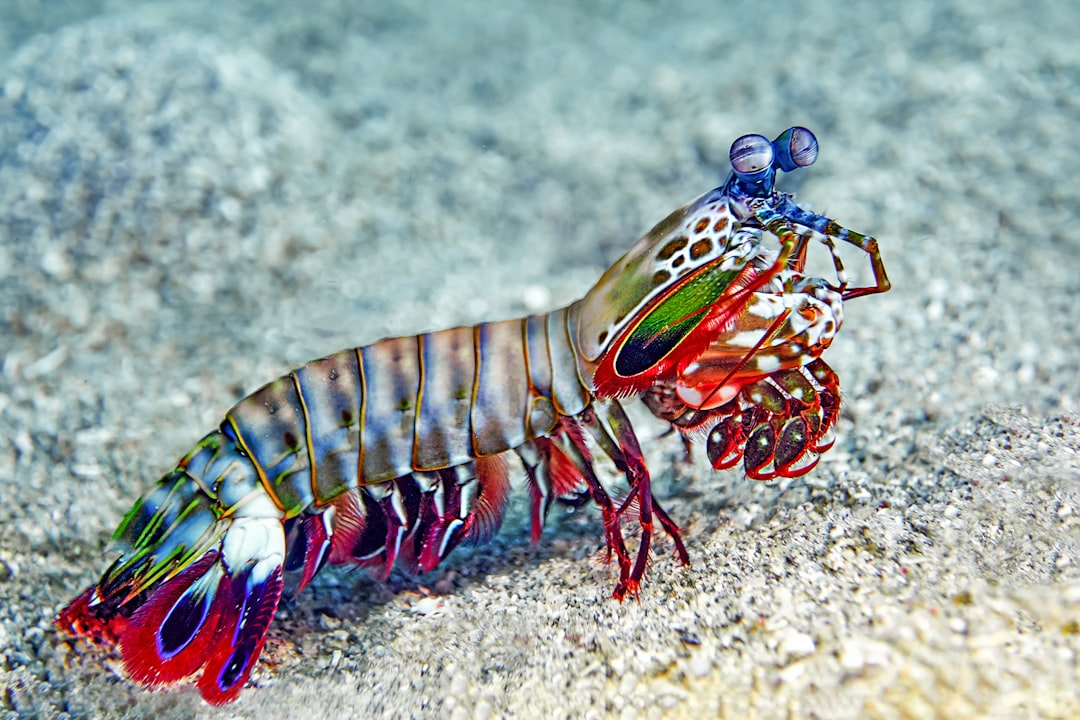
Chen Liu. Development of Anti-fouling Coating Using in Marine Environment. International Journal of Environmental Monitoring
The marine organism attaching to the ship hull would slow down the ship and increasing fuel consumption. In order to prevent the problem, anti-fouling paints are used to...
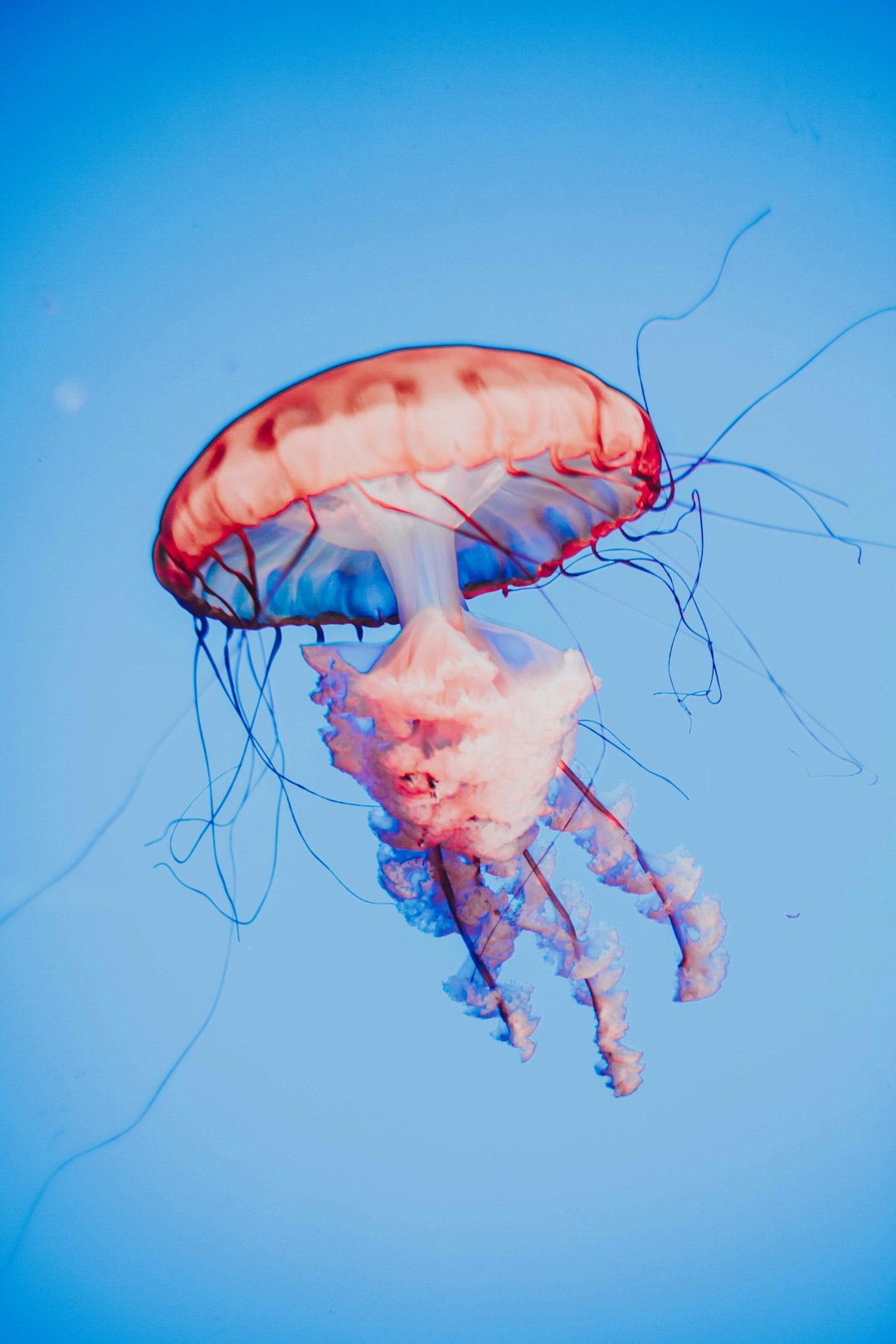
There is need to optimize testing protocols for marine coatings and develop improved accelerated test systems that best simulate the erosion process on marine paints as ships travel. The selection of a mari...

Department of Production Engineering and Printing Technology, Akhbar El-Yom Academy Abdou Abdel-Samad1*, Yaser Soud, M. Zaki
The majority of naval ships are constructed of mild steel. Corrosion is a major concern in a maritime environment. This particular type of material degradation has recently rec...
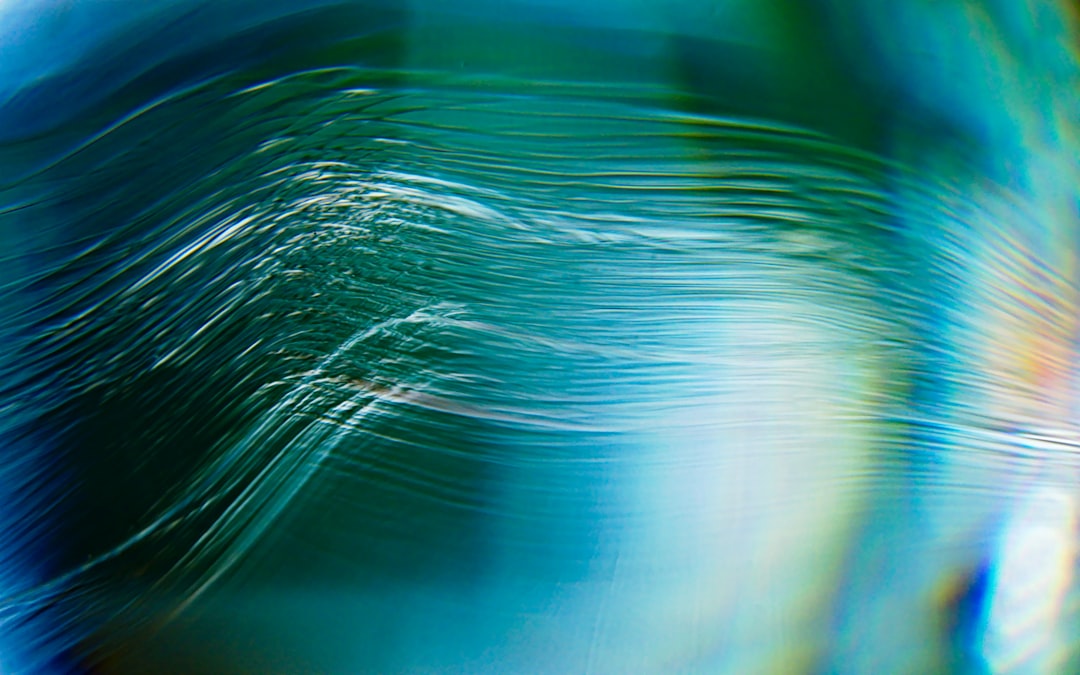
Within coating technology, there is increasing interest in the development of efficient anticorrosive additives able to replace the conventional inorganic anticorrosive pigments usually added to ...
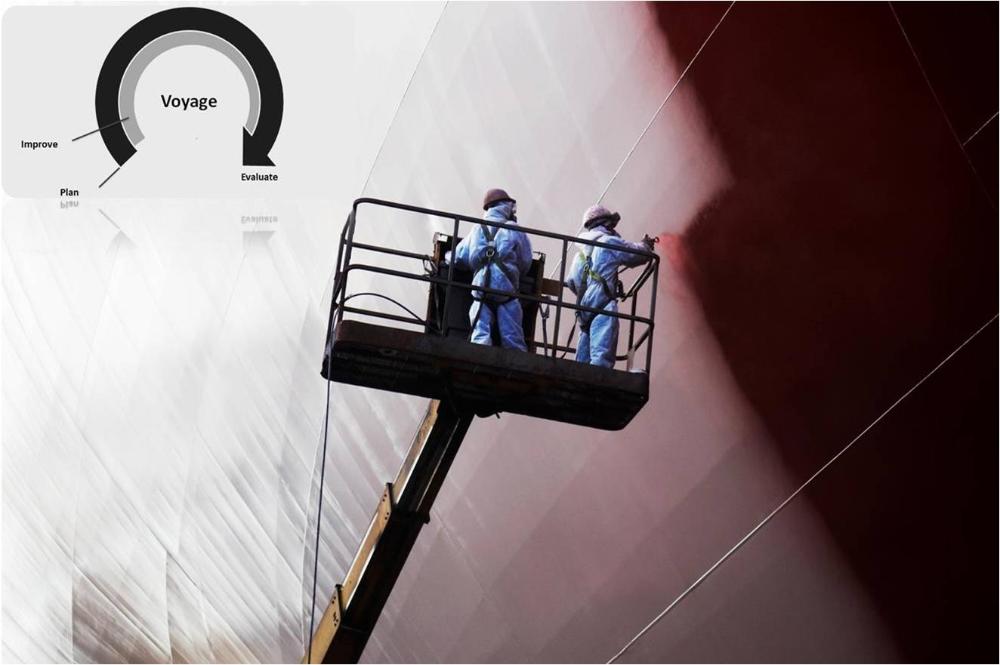
European researchers have pioneered an ecologically friendly and sustainable antifouling paint solution that is based neither on biocide emission nor low adhesion.
The EU-funded Low Emission Antifouling (LEAF) project has developed an environmentally- friendly and fully sustainable prototype paint t...

According to Marine Paint research, is defined as: A particular species adhering to and growing on a hull depends on the waters through which the vessel moves, the season, and how much time the vessel spends in port.
Bacteria, cyanobacteria, diatoms (unicellular algae), and protozoans (unicellular a...
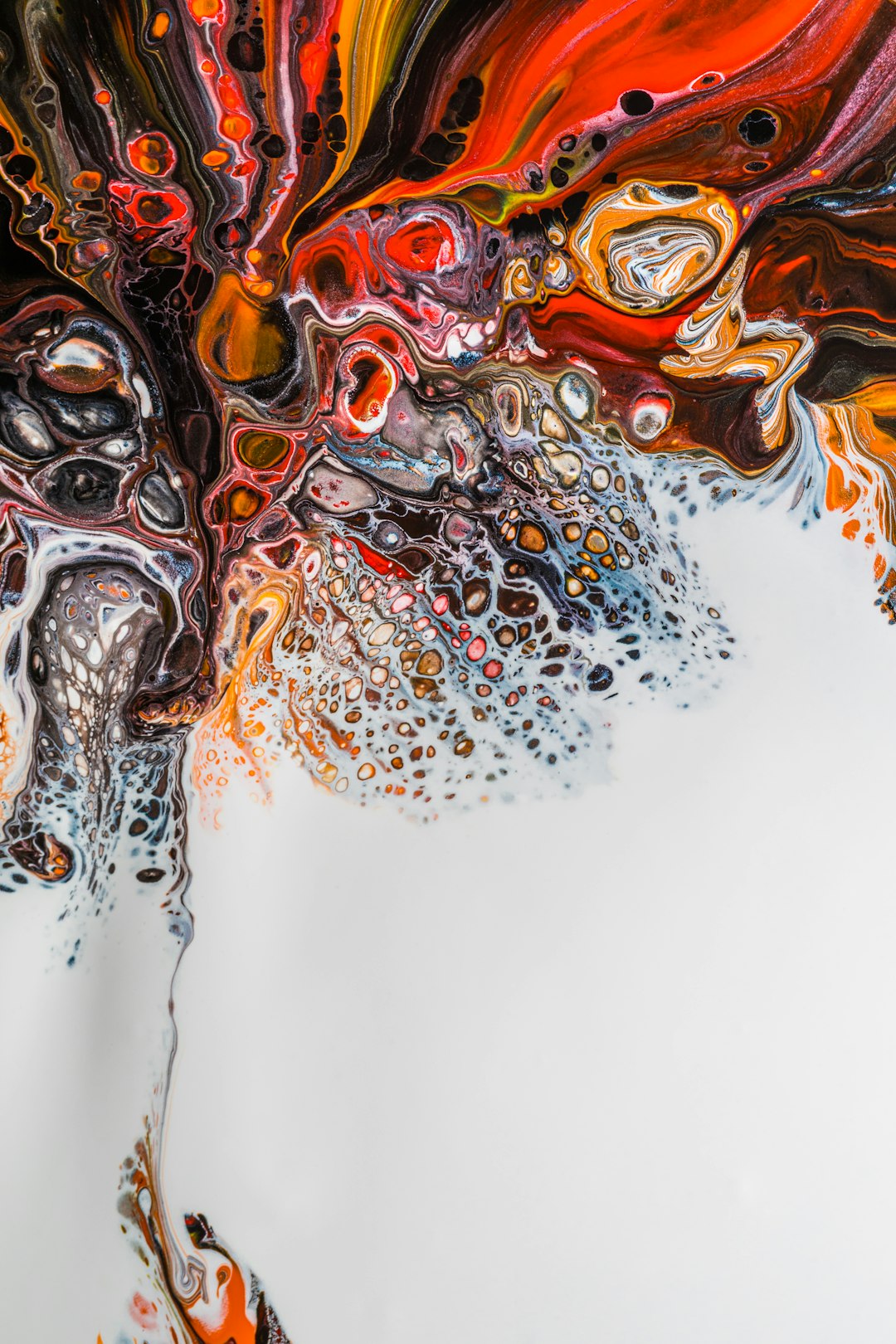
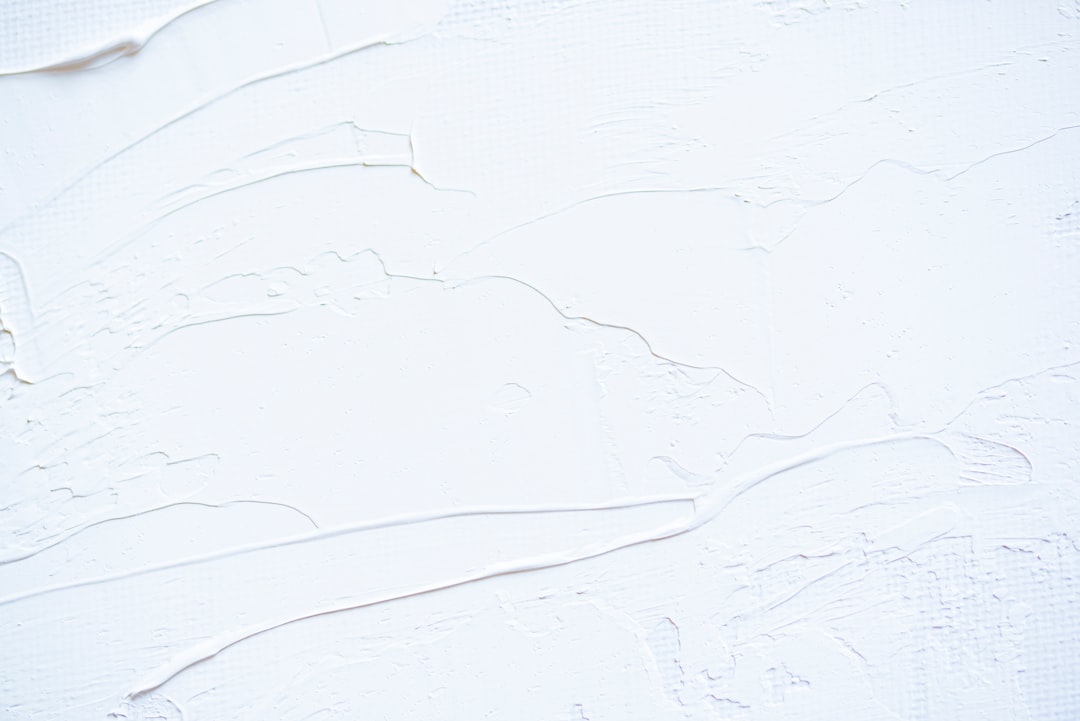
Elisabete Almeida,Teresa C. Diamantino, Orlando de Sousa
The authors present a general overview of marine paints, paying particular attention to the case of antifouling paints. After locating these paints in the anticorrosive protection systems used on the underwater parts of ships and/or oth...
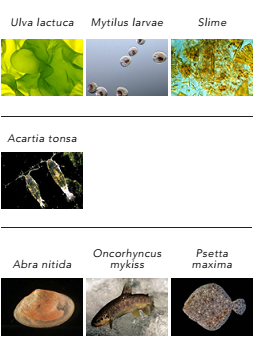
According to Marine Paints research, the industrial market for marine biocides is integrated
with the marine coatings industry and although the active biocides are represented by other industrial actors
than the coating products the two industries have to work hand in hand to develop and distribute ...
Hochleitner 2010-2021